Features
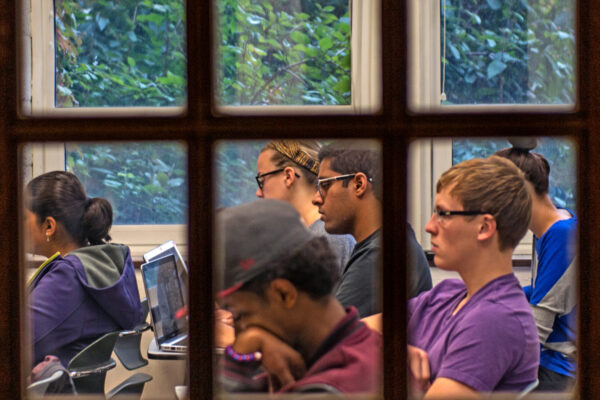
Presidential Leadership Is Key to the Development of New Faculty Models
Among the many challenges college and university presidents face, the need to address contingent faculty roles and related work policies is among the most pressing, according to Adrianna Kezar and Daniel Scott of the University of Southern California.
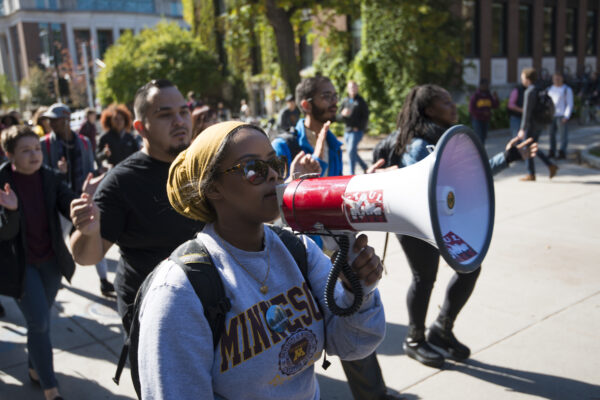
Free Speech and Campus Inclusion: A Survey of College Presidents
ACE’s Center for Policy Research and Strategy fielded its second national Pulse Point survey of college and university presidents in February to better understand their viewpoints on and experiences with free speech and campus inclusion.
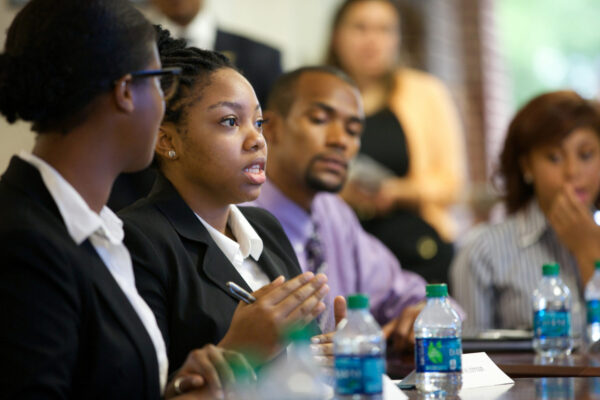
For College Students and Presidents Alike, Free Speech Is a Balancing Act
In February of this year, ACE fielded a national survey of college and university presidents to better understand their thoughts and experiences with the pressing issues of free speech and campus inclusion. Comparing our findings with Knight and Gallup’s 2017 survey of college students on the First Amendment, it may be that campus leaders and their students are more aligned on these issues than we believe or the media often depicts.
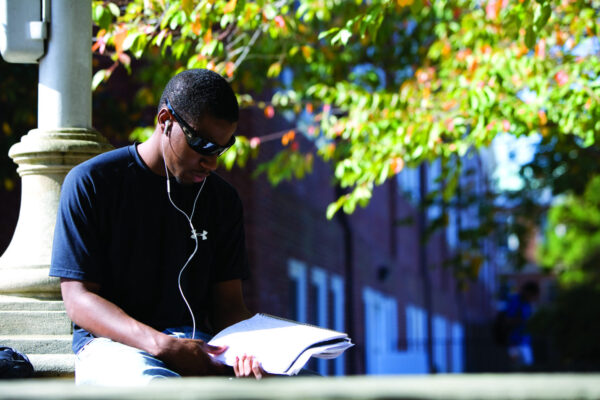
College Students of Color: Confronting the Complexities of Diversity, Culture, and Mental Health
Annelle Primm of The Steve Fund discusses the need for the higher education community to institute policies and procedures to support the mental health and emotional well-being of students of color. This post is the first in a series on college student mental health and well-being.

Free Expression on Campus: Presidents Respond to 2018 Knight-Gallup Survey of College Students
The Knight Foundation has released an updated version of its survey on how college students see the First Amendment—and what they think about the relationship between inclusion and free expression. Seven college presidents and chancellors respond to the results.

Guns on Campus: An Unfolding Public Health Crisis
President Emeritus Leo Lambert of Elon University writes that it will take courage, moral leadership, and political will to solve the crisis of gun violence at colleges and universities and K-12 schools.
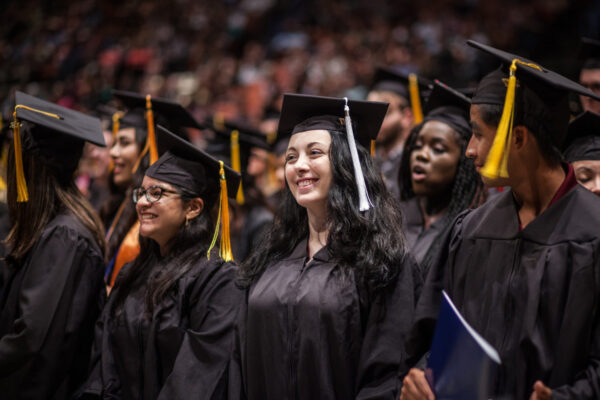
Claiming Our Story: The Importance of Higher Education to Transform Lives and Society
CASE President Sue Cunningham talks about why we need to tell the story of higher education as a public good—and how to do it.
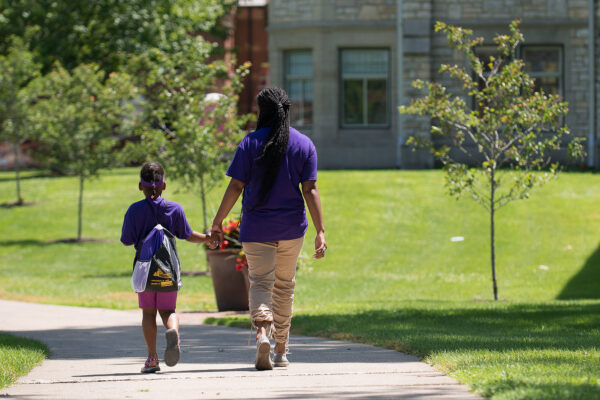
Fulfilling Lifelong Dreams: College Promise Programs for Adult Learners
Louis Soares and Morgan Taylor present a case for expanding Promise Programs—which help students complete their degree—to the adult student population.
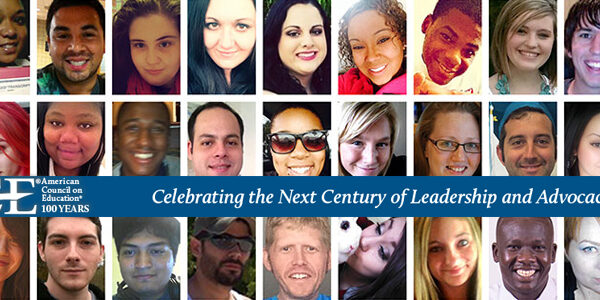
ACE at 100: The GED® as a Critical and Evolving Tool for College and Career Success
Most people have heard of the GED, but many might not know that it was created by ACE in 1942, after the United States Armed Forces Institute approached ACE with a request to develop tests to measure high school-level academic skills.
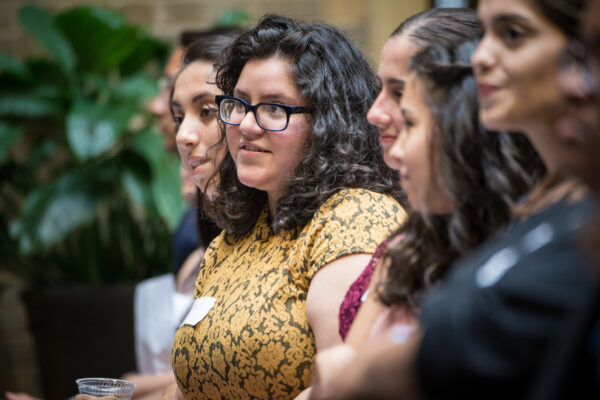
Understanding Latinx College Student Diversity and Why It Matters
As Latinx postsecondary enrollments increase, understanding this population of students could cultivate more inclusive campus climates that enhance student success.
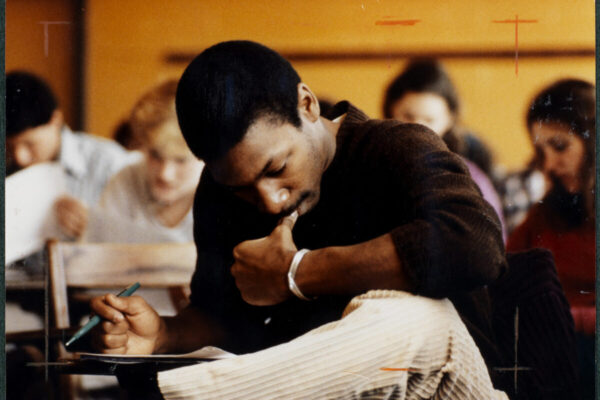
Faculty Development as an Authentic Professional Practice
For most college instructors, regular participation in their teaching development is neither a workplace expectation nor a professional obligation. Yet faculty who regularly participate in professional development improve their students’ chances for success.
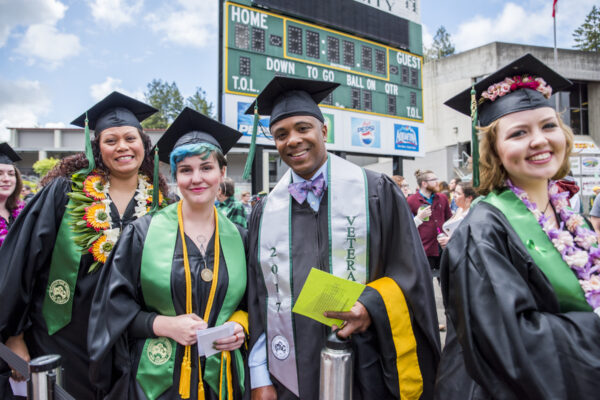
CSU Innovations In Developmental Education Will Support Those Who Need It Most
California State University is preparing to implement a host of policy changes that will improve student achievement and lead to more Californians earning a high-quality degree in less time—including a revamp of the support structure for underprepared students in need of skill development.